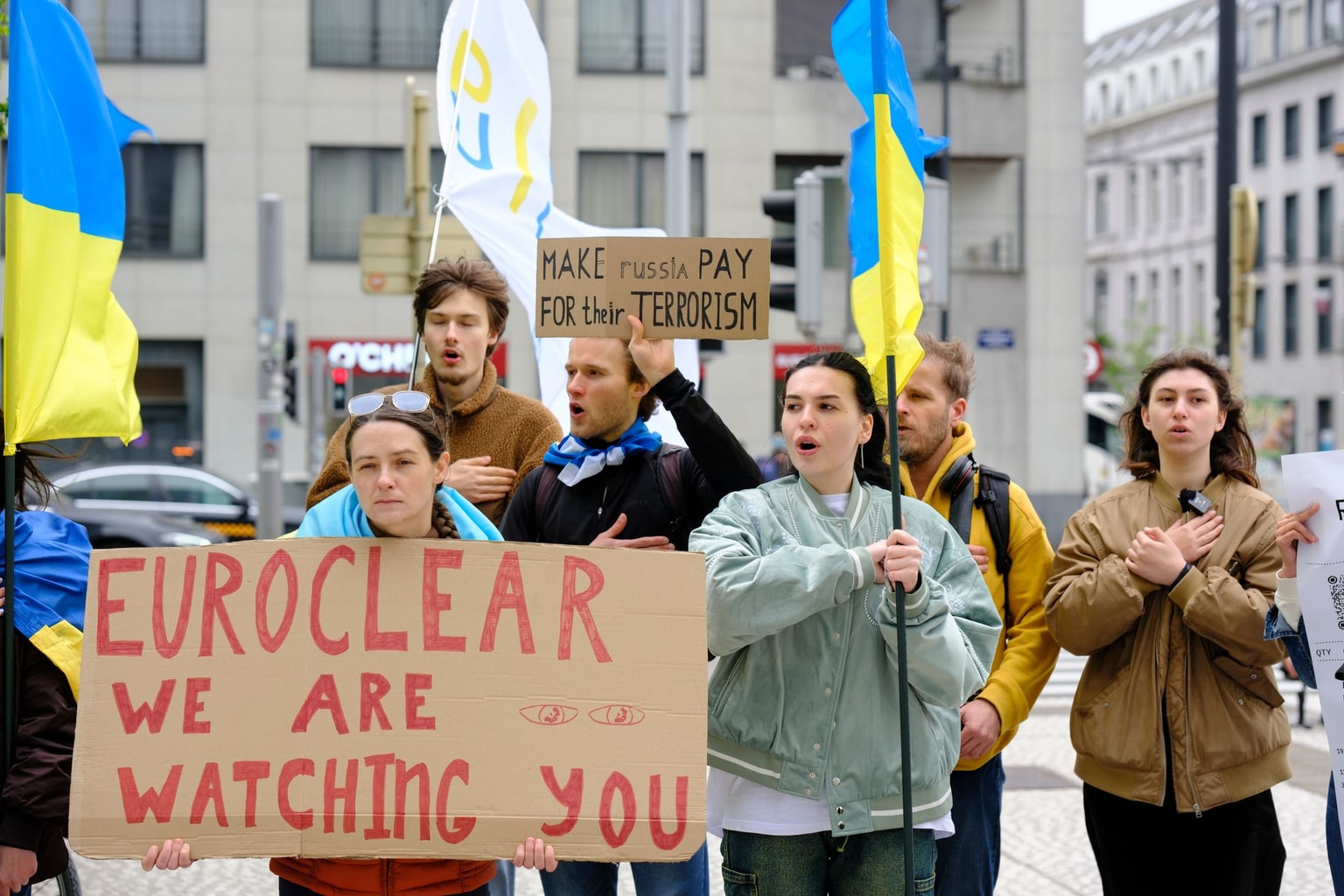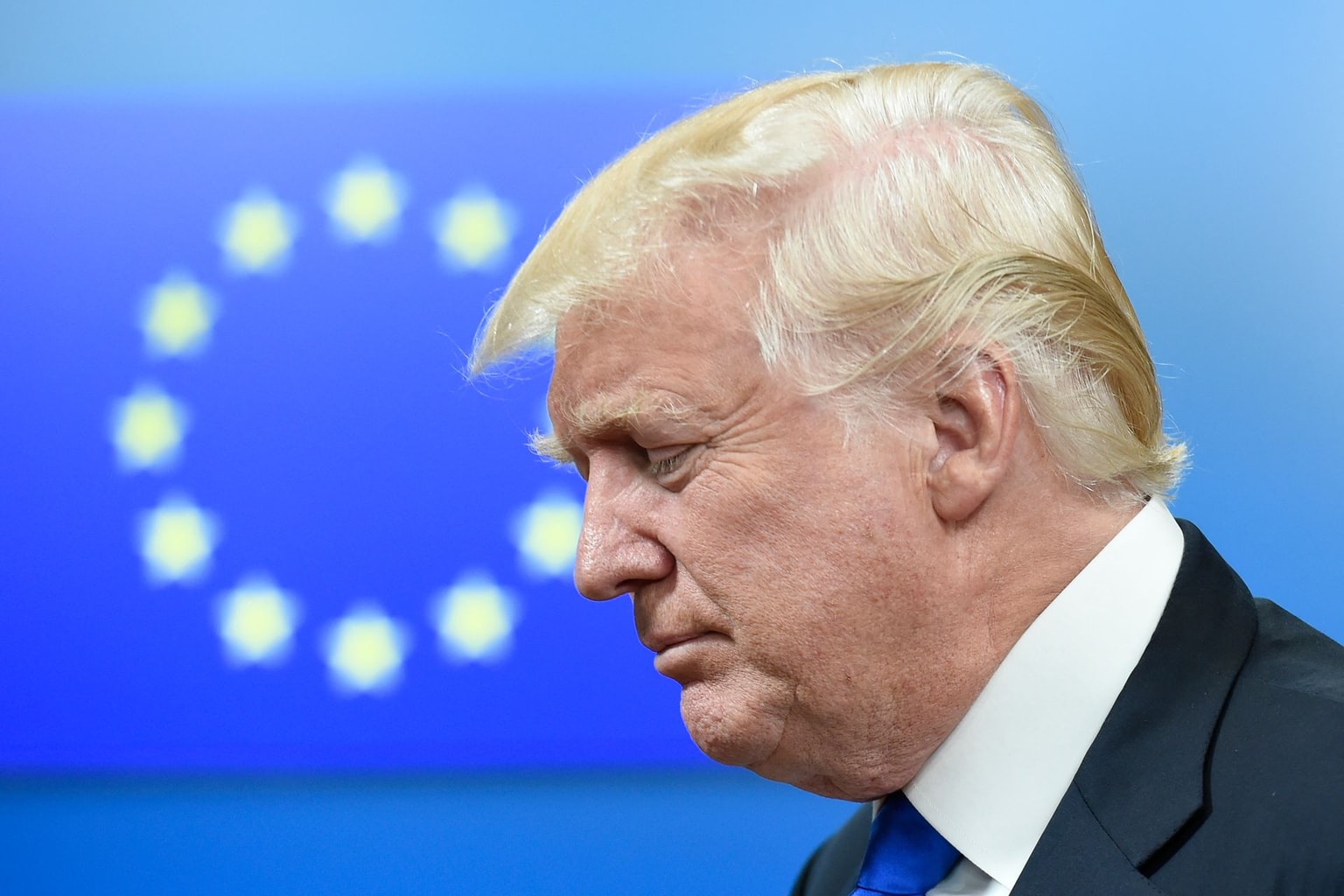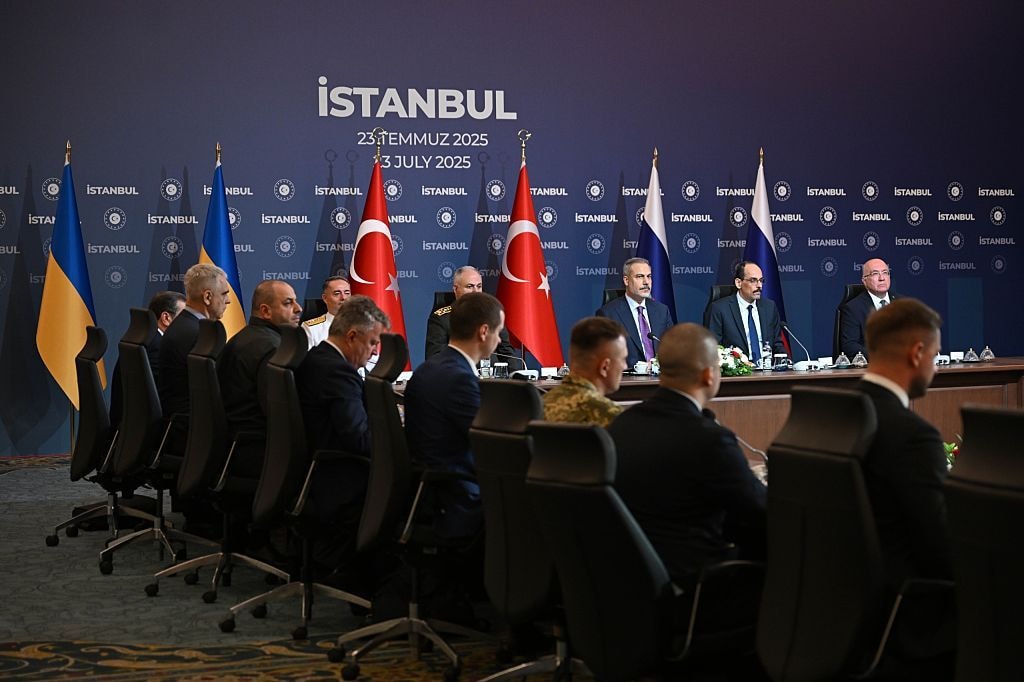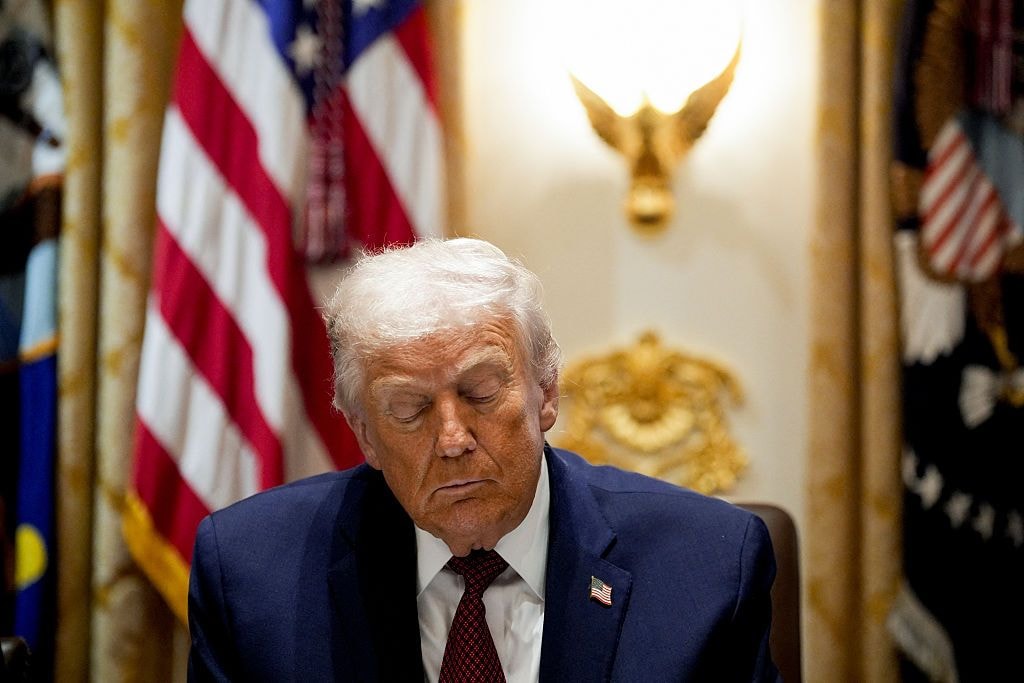Ukraine Business Roundup — Russia attacks the energy grid… again

The following is the Aug. 27, 2024 edition of our Ukraine Business Roundup weekly newsletter. To get the biggest news in business and tech from Ukraine directly in your inbox, subscribe here.
Just as Ukraine was breathing a sigh of relief that over a month of regular power outages brought on by Russian attacks since this spring had finally ended, Moscow launched its biggest attack yet.
On Aug. 26, Russia launched over 230 missiles and drones mainly at the country’s energy infrastructure — Ukraine’s officials said it was the largest attack since the onset of the full-scale invasion.
Ukraine's Foreign Minister, Dmytro Kuleba, said 15 of the country's 24 oblasts had been targeted during the attack. Seven people were killed and 47 were injured, according to the State Emergency Service.
The attack targeted and managed to hit the Kyiv Hydroelectric Power Plant, located just outside of Kyiv in the town of Vyshhorod. The strike forced the bridge over it to close, leaving people stranded for hours, and caused widespread fear the dam would break and flood parts of the city. Ukrainian authorities later said that the dam had not suffered critical damage, which was confirmed by our journalists who visited the site.
Attacks continued throughout the day and well into the night — with sirens blaring almost every hour until early morning.
Ukrainians already know what attacks on energy infrastructure mean – the prospect of power outages, the need for noisy diesel generators, and renewed fears that the country won’t be able to make it through winter if it can’t manage to repair its infrastructure on time.
Shortly after the attacks started yesterday morning around 9 a.m., DTEK, Ukraine's largest private energy company, said emergency power shutdowns were in place across Ukraine.
A day later on Aug. 27, authorities said that emergency power outages were being put in place across the country and that they could last for another two weeks.
As I am writing this newsletter, the power suddenly went out in the office. Luckily for us, we have a generator, which my trusty colleague went to turn on so we could keep working comfortably.
This latest attack is further proof that Russia has not wavered from its plans to destroy Ukraine’s energy system, Roman Nitsovych, research director for the Ukrainian energy think tank DiXi Group, told Kyiv Independent reporter Andrea Januta.
“I don’t think it’s the last such strike on energy infrastructure,” he added.

Increased budget support needs
Ukraine needs to increase its external budget support by $12-15 billion per updated forecasts for 2025, Deputy Finance Minister Olha Zykova said on Aug. 21.
The International Monetary Fund (IMF), which provides economic support to Ukraine through the Extended Fund Facility (EFF) program, estimated that Ukraine's external financing needs would amount to $22.7 billion in 2025.
"The intensity of hostilities and the risks of a prolonged war, as well as the systematic growth of security and defense sector expenditures, are the key factors that influence the growth of financial needs."
Ukraine received around $24.7 billion in direct budget support from international partners in 2024, Zykova said. By the end of 2024, Ukraine expects to gain another $13.5 billion in external financing.
Those additional funds will be provided by the European Union's Ukraine Facility program, the United States, the EFF, Japan, and the United Kingdom, she said.

Auto sales in Ukraine booming
Ukrainians have spent $1.6 billion on the purchase of new cars since the start of this year, a 19% increase from the same period last year, according to data published by the auto association Ukravtoprom.
Around half of the total sales went to five car brands: Toyota, BMW, Volkswagen, Mercedes-Benz, and Renault. Topping the list was Toyota with a total of $251 million in new car sales.
Lexus, Audi, Land Rover, Skoda, and Porsche also made it into the top 10 brands in new car sales.
In July 2024, demand for used cars from the U.S. increased by 75% year-on-year, with more than 4,100 used cars registered in Ukraine that month, the association reported earlier. The sale of hybrid cars also increased by 56%.
Car sales may keep growing, for now at least. Bloomberg reported in late July that the Ukrainian government’s plan to impose an additional 15% tax on new car sales had led to a surge in demand, with new car sales expected to jump 30% in July compared to the month before. But with the tax expected to come into effect this fall, the boom is likely to be short-lived.

Making privatization ‘great’ again
The Ukrainian government is planning to resume its “Big Privatization” initiative in September, the head of the State Property Fund Vitaliy Koval told Liga.net in an interview.
The fund is planning on putting five assets up for privatization through the initiative: the United Mining and Chemical Company (UMCC), the Hotel Ukraine in downtown Kyiv, the aerated concrete AEROC plant, the Demurinsky Mining and Processing Plant, and a majority stake in Kyiv’s Ocean Plaza.
The sale of UMCC would only be the second time in Ukraine’s independent history that a large industrial enterprise would be sold in an open auction and the first time it would happen on Ukraine’s Prozorro platform created to bring more transparency to property sales, Koval said.
Privatizing Ukraine’s ever-growing list of state assets (the nationalization of Russian or Russian-controlled assets since the start of the full-scale invasion has added to the list) is key to the country’s economic development and investment.
While the government may have plans for its “Big Privatization” project, extremely low amounts of large-scale (or transparent) privatization over the past 30 years, do not inspire confidence. And to attract buyers during a full-scale war where large assets are regularly targeted by Russia seems a difficult feat.

Oligarchs: Where are they now?
Ukraine’s oligarchs, once the nation’s power brokers, have seen their influence wane dramatically over the past decade, writes Jakub Parusinski, director of KI Insights, the Kyiv Independent’s in-house research and advisory unit, in a recent op-ed.
But with the onset of Russia’s full-scale invasion, the oligarchs that once shaped Ukraine’s post-Soviet trajectory face a new reality — the structural factors that created these powerful figures have largely dissipated, leaving a political landscape that is markedly different from the one they once dominated, he writes.
But what has happened to Ukraine’s oligarchs, and what does this mean for the country’s future?
In addition to the rise of Ukrainian civil society, especially since the EuroMaidan Revolution and Russia’s first invasion in 2014, the war has decimated industries that were once oligarchs’ financial backbones.
Ukraine's wealthiest individuals have seen their fortunes drop off and assets disappear. The wealthiest oligarch Rinat Akhmetov has watched his net worth decline from around $7.6 billion in 2021 to just over $4 billion in 2023. Infamous oligarch Igor Kolomoisky has been behind bars since last September.
Read more here.
What else is happening
Ukraine tests its first ballistic missile, Zelensky says
Ukraine carried out a successful test of the first domestic-made ballistic missile, President Volodymyr Zelensky said on Aug. 27. "It may be too early to talk about it but I want to share it with you," the president said at a press conference during the Ukraine 2024 Independence forum in Kyiv.
Russia spent between $1.2 and 1.3 billion on its Aug. 26 attack on Ukraine, Forbes Ukraine estimates
Russia used 127 missiles and 109 attack drones against Ukraine on Aug. 26 in what Ukraine’s Air Force said was the largest aerial attack since the start of the full-scale invasion. Forbes Ukraine estimates the attack cost Russia around $1.2-$1.3 billion — for comparison, Russia’s widespread July 8 attack against Ukraine, during which it launched around 38 missiles of various types, cost around $200-$500 million, according to Forbes.
Nova Poshta to enter Austrian and Dutch markets by end of 2024
Ukraine’s largest private postal service Nova Poshta, known as Nova Post abroad, said last week that in the first half of 2024 alone, the company had opened branches in four new countries — Italy, the U.K., Spain, and France — and that by the end of this year, it will also be active in Austria and the Netherlands. The company has started operating in 16 European countries since the start of the full-scale invasion, where it has 104 of its own branches and more than 68,700 partner service points.
Ukrainian banks make more in first 6 months of 2024 than all of pre-war 2021
Ukrainian banks have made Hr 79 billion ($1.9 billion) in the first six months of this year compared to Hr 77.4 billion ($1.8 billion) for all of 2021 before the start of Russia’s full-scale invasion, Forbes Ukraine reported. Credit portfolio banks, on the other hand, have not recovered to pre-war indicators and the number of branches in the country continues to decrease as the war continues into its third year. Universal Bank, through which one of the country’s most popular banks — the online-only Monobank — operates, is increasing its number of depositors at the highest rate, Forbes said.
Ukraine resumes energy exports, state grid operator says
State-grid operator Ukrenergo on Aug. 23 announced that it would resume electricity exports to neighboring countries starting on Aug. 25. The move was prompted by the weather changes, a significant decrease in consumption, and the repair of another power unit at one of the nuclear power plants, Ukrenergo said. "Exports will take place only during periods of surplus when solar power plants are actively operating. Electricity will not be exported from Ukraine during periods of maximum consumption when there is not enough capacity in the power system," Ukrenergo said.










